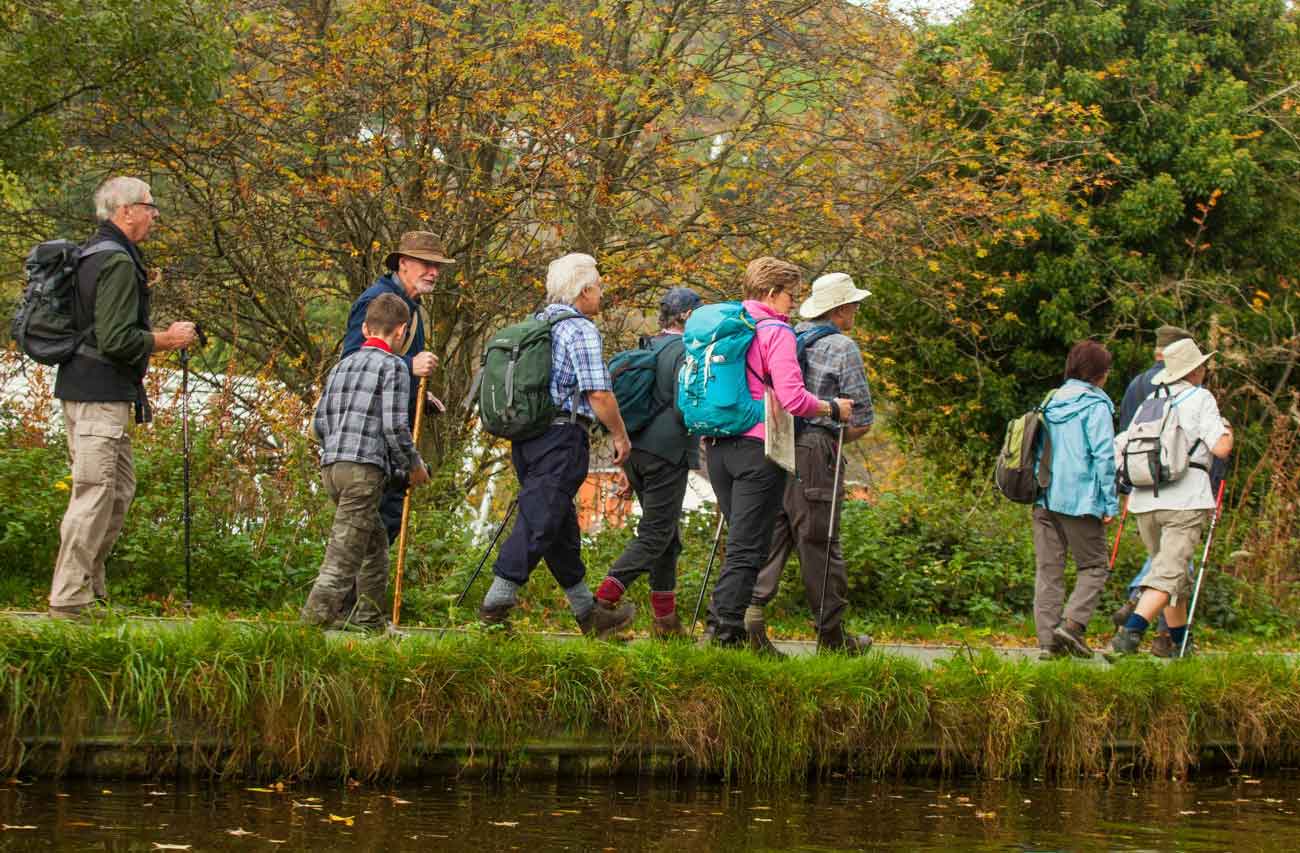The North Wales Pilgrim’s Way is a long-distance walking route of over 130 miles. It is overseen by volunteers who have way-marked the route, linking ancient churches dedicated to the saints of the 6th century whose gentle faith, entwined with a sense of the beauty and wonder of nature, still echoes with us today.
Basingwerk Abbey, near Holywell, in North East Wales, marks the start of the Pilgrim’s Way. The route leads through woodland and across rivers, up mountains and along coast paths, through wilderness and into villages. Tiny stone churches nestled into the hills provide shelter and rest along the Way much as they would have done in the past. Now the tradition of pilgrimage is being rediscovered and reinvented for a new age: mindful walking for a fast-paced world.
Present day pilgrims have described the experience as “resetting the defaults”, as “time out” and “a time to wander and wonder”. We may indeed wonder as we encounter the 12 ft high stone cross at Maen Achwyfan — a thousand years old, covered with Celtic carvings and still standing, with its mix of Christian and pagan symbols, enigmatic and isolated in the middle of a field. We may wonder as we pass the stone circles above the Conwy valley about life all those years ago. And all the while soaking up the beauty of the Welsh landscape.
To go on pilgrimage today is to go on a walk with an extra dimension. Engaging with the challenges of the terrain and the weather, everyday preoccupations are swept away, and the pilgrim is caught up in the bigger picture. Perspectives change, priorities reassessed. To cross the sea in an open boat and arrive on Bardsey island itself is the pinnacle of the experience. And to carry home that peace and quietness is the gift that remains.

